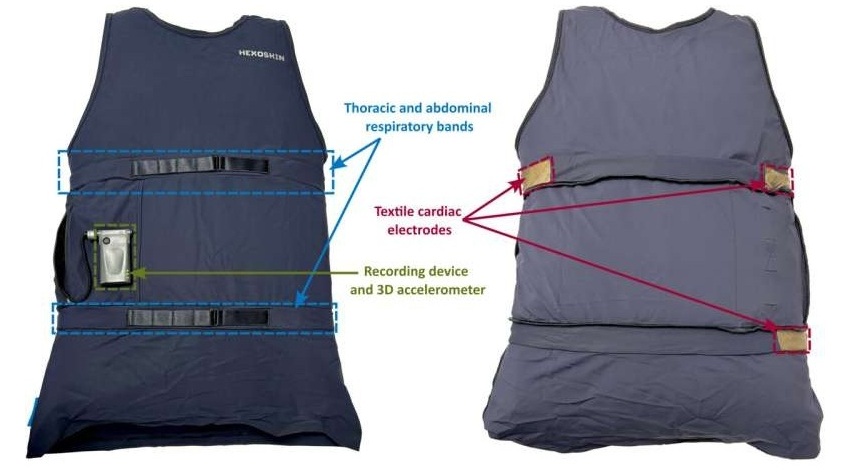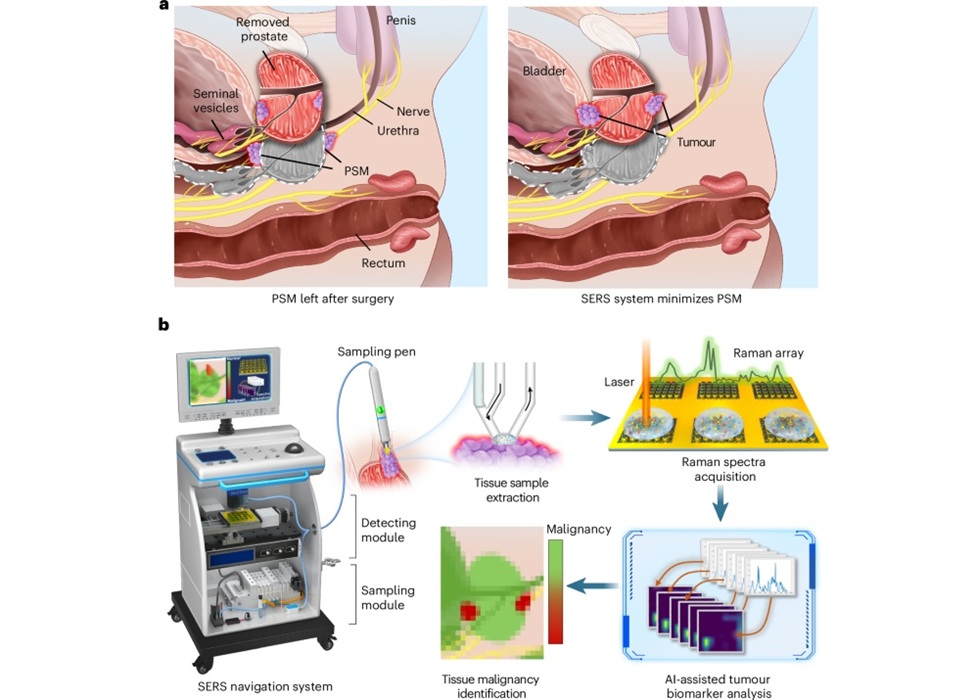AI Tool Predicts Which COVID-19 Patients Can Develop Severe Respiratory Disease
|
By HospiMedica International staff writers Posted on 01 Apr 2020 |

Illustration
A new study has found that an artificial intelligence (AI) tool can accurately predict which patients who have been newly infected with the 2019 coronavirus disease (COVID-19) can go on to develop severe respiratory disease. The study was led by the NYU Grossman School of Medicine (New York City, NY) and NYU Courant Institute of Mathematical Sciences (New York City, NY) in partnership with Wenzhou Central Hospital (Wenzhou, China) and Cangnan People’s Hospital (Wenzhou, China). The study also revealed the best indicators of future severity, and found that they were not as expected.
For the study, the researchers gathered demographic, laboratory, and radiological findings collected from 53 patients who tested positive in January 2020 for the SARS-CoV-2 virus at the two Chinese hospitals. The patients initially had typically mild symptoms, including cough, fever, and stomach upset, although severe symptoms, including pneumonia, developed in a minority of patients within a week. The study aimed to determine whether AI techniques could help to accurately predict which patients with the virus would go on to develop acute respiratory distress syndrome (ARDS). The researchers also designed computer models that make decisions based on the data fed into them, with the programs becoming “smarter” with more data that they considered. The study used decision trees that track series of decisions between options and that model the potential consequences of choices at each step in a pathway.
The researchers were surprised to find that certain patterns seen in lung images, fever, and strong immune responses, were not useful in predicting which patients with initial, mild symptoms would go on to develop severe lung disease. Instead, the researchers found that the new AI tool identified changes in three features—levels of the liver enzyme alanine aminotransferase (ALT), reported myalgia, and hemoglobin levels—which were most accurately predictive of subsequent, severe disease. This, combined with other factors, allowed the AI tool to predict the risk of ARDS in patients infected with COVID-19 with up to 80% accuracy.
“While work remains to further validate our model, it holds promise as another tool to predict the patients most vulnerable to the virus, but only in support of physicians’ hard-won clinical experience in treating viral infections,” said corresponding study author Megan Coffee, MD, PhD, clinical assistant professor in the Department of Medicine and member of the Division of Infectious Diseases and Immunology at NYU Langone.
“Our goal was to design and deploy a decision-support tool using AI capabilities—mostly predictive analytics—to flag future clinical coronavirus severity,” said co-author Anasse Bari, PhD, a clinical assistant professor in computer science at NYU Courant Institute of Mathematical Science. “We hope that the tool, when fully developed, will be useful to physicians as they assess which moderately ill patients really need beds, and who can safely go home, when hospital resources are stretched thin.”
Related Links:
NYU Grossman School of Medicine
NYU Courant Institute of Mathematical Sciences
For the study, the researchers gathered demographic, laboratory, and radiological findings collected from 53 patients who tested positive in January 2020 for the SARS-CoV-2 virus at the two Chinese hospitals. The patients initially had typically mild symptoms, including cough, fever, and stomach upset, although severe symptoms, including pneumonia, developed in a minority of patients within a week. The study aimed to determine whether AI techniques could help to accurately predict which patients with the virus would go on to develop acute respiratory distress syndrome (ARDS). The researchers also designed computer models that make decisions based on the data fed into them, with the programs becoming “smarter” with more data that they considered. The study used decision trees that track series of decisions between options and that model the potential consequences of choices at each step in a pathway.
The researchers were surprised to find that certain patterns seen in lung images, fever, and strong immune responses, were not useful in predicting which patients with initial, mild symptoms would go on to develop severe lung disease. Instead, the researchers found that the new AI tool identified changes in three features—levels of the liver enzyme alanine aminotransferase (ALT), reported myalgia, and hemoglobin levels—which were most accurately predictive of subsequent, severe disease. This, combined with other factors, allowed the AI tool to predict the risk of ARDS in patients infected with COVID-19 with up to 80% accuracy.
“While work remains to further validate our model, it holds promise as another tool to predict the patients most vulnerable to the virus, but only in support of physicians’ hard-won clinical experience in treating viral infections,” said corresponding study author Megan Coffee, MD, PhD, clinical assistant professor in the Department of Medicine and member of the Division of Infectious Diseases and Immunology at NYU Langone.
“Our goal was to design and deploy a decision-support tool using AI capabilities—mostly predictive analytics—to flag future clinical coronavirus severity,” said co-author Anasse Bari, PhD, a clinical assistant professor in computer science at NYU Courant Institute of Mathematical Science. “We hope that the tool, when fully developed, will be useful to physicians as they assess which moderately ill patients really need beds, and who can safely go home, when hospital resources are stretched thin.”
Related Links:
NYU Grossman School of Medicine
NYU Courant Institute of Mathematical Sciences
Latest COVID-19 News
- Low-Cost System Detects SARS-CoV-2 Virus in Hospital Air Using High-Tech Bubbles
- World's First Inhalable COVID-19 Vaccine Approved in China
- COVID-19 Vaccine Patch Fights SARS-CoV-2 Variants Better than Needles
- Blood Viscosity Testing Can Predict Risk of Death in Hospitalized COVID-19 Patients
- ‘Covid Computer’ Uses AI to Detect COVID-19 from Chest CT Scans
- MRI Lung-Imaging Technique Shows Cause of Long-COVID Symptoms
- Chest CT Scans of COVID-19 Patients Could Help Distinguish Between SARS-CoV-2 Variants
- Specialized MRI Detects Lung Abnormalities in Non-Hospitalized Long COVID Patients
- AI Algorithm Identifies Hospitalized Patients at Highest Risk of Dying From COVID-19
- Sweat Sensor Detects Key Biomarkers That Provide Early Warning of COVID-19 and Flu
- Study Assesses Impact of COVID-19 on Ventilation/Perfusion Scintigraphy
- CT Imaging Study Finds Vaccination Reduces Risk of COVID-19 Associated Pulmonary Embolism
- Third Day in Hospital a ‘Tipping Point’ in Severity of COVID-19 Pneumonia
- Longer Interval Between COVID-19 Vaccines Generates Up to Nine Times as Many Antibodies
- AI Model for Monitoring COVID-19 Predicts Mortality Within First 30 Days of Admission
- AI Predicts COVID Prognosis at Near-Expert Level Based Off CT Scans
Channels
Critical Care
view channel
Magnetically Guided Microrobots to Enable Targeted Drug Delivery
Stroke affects 12 million people globally each year, often causing death or lasting disability. Current treatment relies on systemic administration of clot-dissolving drugs, which circulate throughout... Read more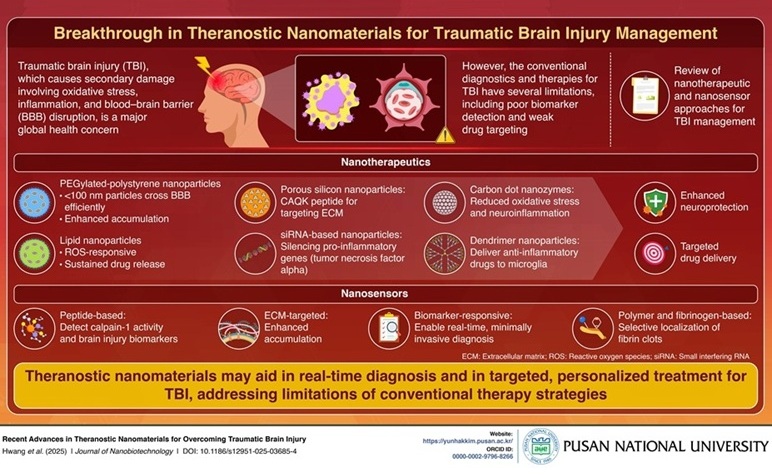
Smart Nanomaterials Detect and Treat Traumatic Brain Injuries Simultaneously
Traumatic brain injury (TBI) continues to leave millions with long-term disabilities every year. After a sudden impact from a fall, collision, or accident, the brain undergoes inflammation, oxidative stress,... Read more
Earlier Blood Transfusion Could Reduce Heart Failure and Arrhythmia in Heart Disease Patients
Blood loss during or after surgery can place significant stress on people with heart disease, increasing the risk of dangerous complications. Transfusions are often delayed until hemoglobin levels fall... Read moreSurgical Techniques
view channel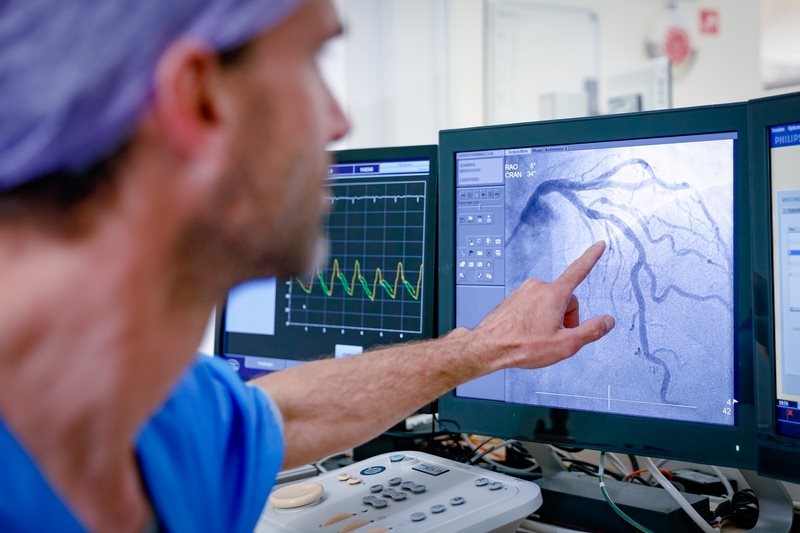
New Study Findings Could Halve Number of Stent Procedures
When a coronary artery becomes acutely blocked during a heart attack, opening it immediately is essential to prevent irreversible damage. However, many patients also have other narrowed vessels that appear... Read more
Breakthrough Surgical Device Redefines Hip Arthroscopy
Hip arthroscopy has surged in popularity, yet surgeons still face major mechanical constraints when navigating deep joint spaces through traditional cannulas. Limited tool mobility and the need for an... Read morePatient Care
view channel
Revolutionary Automatic IV-Line Flushing Device to Enhance Infusion Care
More than 80% of in-hospital patients receive intravenous (IV) therapy. Every dose of IV medicine delivered in a small volume (<250 mL) infusion bag should be followed by subsequent flushing to ensure... Read more
VR Training Tool Combats Contamination of Portable Medical Equipment
Healthcare-associated infections (HAIs) impact one in every 31 patients, cause nearly 100,000 deaths each year, and cost USD 28.4 billion in direct medical expenses. Notably, up to 75% of these infections... Read more
Portable Biosensor Platform to Reduce Hospital-Acquired Infections
Approximately 4 million patients in the European Union acquire healthcare-associated infections (HAIs) or nosocomial infections each year, with around 37,000 deaths directly resulting from these infections,... Read moreFirst-Of-Its-Kind Portable Germicidal Light Technology Disinfects High-Touch Clinical Surfaces in Seconds
Reducing healthcare-acquired infections (HAIs) remains a pressing issue within global healthcare systems. In the United States alone, 1.7 million patients contract HAIs annually, leading to approximately... Read moreHealth IT
view channel
EMR-Based Tool Predicts Graft Failure After Kidney Transplant
Kidney transplantation offers patients with end-stage kidney disease longer survival and better quality of life than dialysis, yet graft failure remains a major challenge. Although a successful transplant... Read more
Printable Molecule-Selective Nanoparticles Enable Mass Production of Wearable Biosensors
The future of medicine is likely to focus on the personalization of healthcare—understanding exactly what an individual requires and delivering the appropriate combination of nutrients, metabolites, and... Read moreBusiness
view channel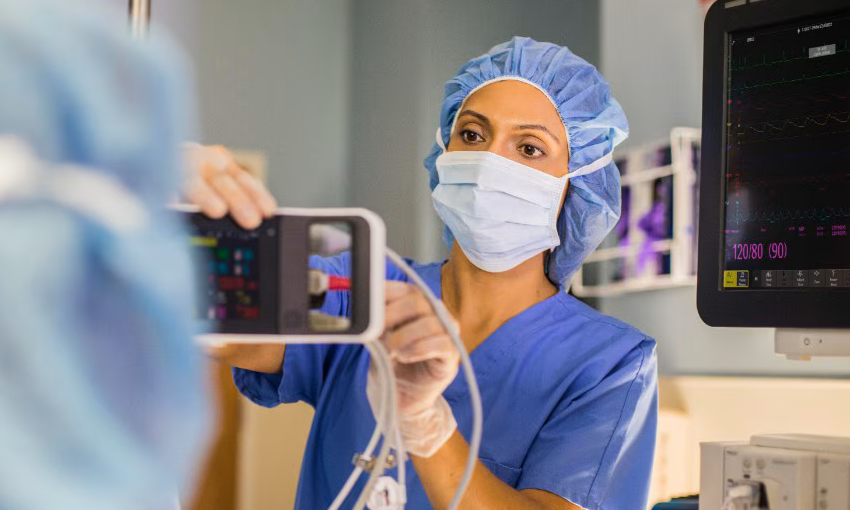
Philips and Masimo Partner to Advance Patient Monitoring Measurement Technologies
Royal Philips (Amsterdam, Netherlands) and Masimo (Irvine, California, USA) have renewed their multi-year strategic collaboration, combining Philips’ expertise in patient monitoring with Masimo’s noninvasive... Read more
B. Braun Acquires Digital Microsurgery Company True Digital Surgery
The high-end microsurgery market in neurosurgery, spine, and ENT is undergoing a significant transformation. Traditional analog microscopes are giving way to digital exoscopes, which provide improved visualization,... Read more
CMEF 2025 to Promote Holistic and High-Quality Development of Medical and Health Industry
The 92nd China International Medical Equipment Fair (CMEF 2025) Autumn Exhibition is scheduled to be held from September 26 to 29 at the China Import and Export Fair Complex (Canton Fair Complex) in Guangzhou.... Read more










.jpg)


